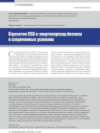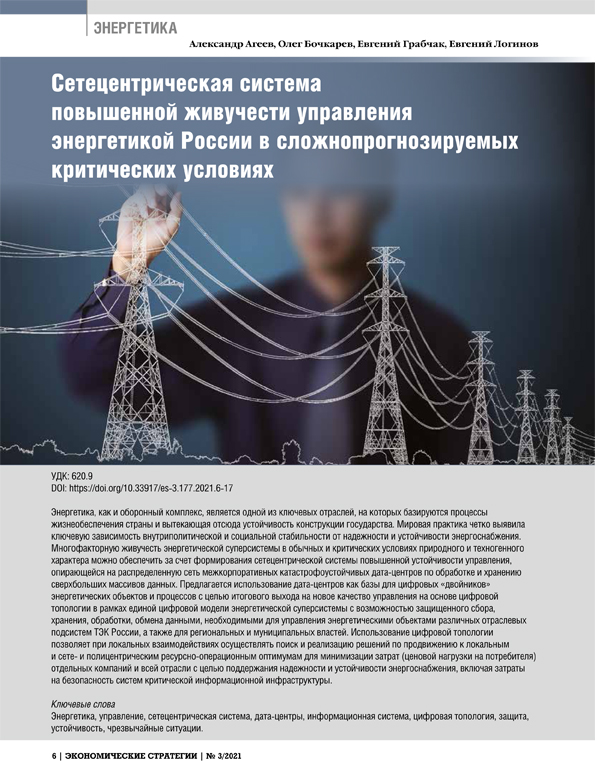Study on the spatial effect of high-quality development of China’s energy industry on economic growth. Part 1
DOI: 10.33917/mic-2.121.2025.106-110
The energy system is a complex multi-dimensional and multi-criteria optimization system, and the energy development levels in different regions and at different stages of development are different. The Development and Reform Commission of China and the Energy Administration in the «Strategy for Energy Production and Revolution (2016–2030)» proposed that China’s inter-regional energy transformation should be based on security and focus on high-quality development, so as to promote the spatial effect of energy development on economic growth. This paper selects data from 30 provinces in China from 2000 to 2022, and uses Moran’s index and spatial Durbin’s error model to study the impact and spatial effect of China’s energy industry development on economic growth.
References:
1. Tobler W.R. A computer movie simulating urban growth in the Detroit region. Economic geography. 1970;46:234-240.
2. Cressie N. Statistics for spatial data. John Wiley & Sons. 2015. pp. 633-649.
3. LeSage J., Pace R.K. Introduction to spatial econometrics. Chapman and Hall, 2009.
4. Elhorst J.P. Spatial econometrics: from cross-sectional data to spatial panels. Heidelberg: Springer, 2014. 119 p.
5. Demidova O.A. Spatial aspects of wage curve estimation in Russia / O.A. Demidova, E.A. Timofeeva. Journal of the New Economic Association. 2021; 3(51):69-101.
6. Fingleton B. Estimates of time to economic convergence: an analysis of regions of the European Union. International regional science review. 1999;22(1):5-34.
7. Rey S.J., Montouri B.D. US regional income convergence: a spatial econometric perspective. Regional studies. 1999;33(2):143-156.
8. Guo Shouting, Jin Zhibo. Research on the spatial spillover effect of digital inclusive finance on regional industrial structure upgrading. Economic Perspectives. 2022;6:77-87.
9. Li Jiang, Wu Yuming. A review of cutting-edge theories, methods and applications of spatial econometrics. Contemporary Economic Management. 2024;06:30-41.
10. Anselin L. Lagrange multiplier test diagnostics for spatial dependence and spatial heterogeneity. Geographical analysis. 1988;20(1):1-17.
11. Su Yi, Lin Zhouzhou. Research on the spatial effect and influencing factors of regional innovation activities. Journal of Quantitative and Technical Economics. 2017;11:63-80.
12. Tang Baojun, Wu Yun, Wang Chongzhou, Zou Ying. Research on Provincial Energy High-quality Development Index (2012-2022). Journal of Beijing Institute of Technology (Social Sciences Edition). 2023;02:17-23.







